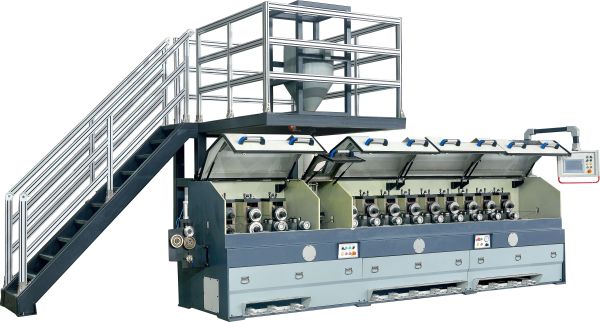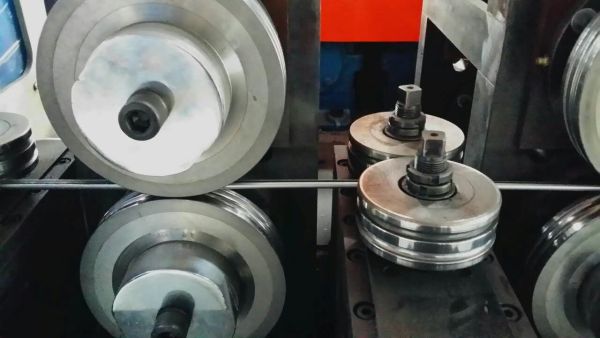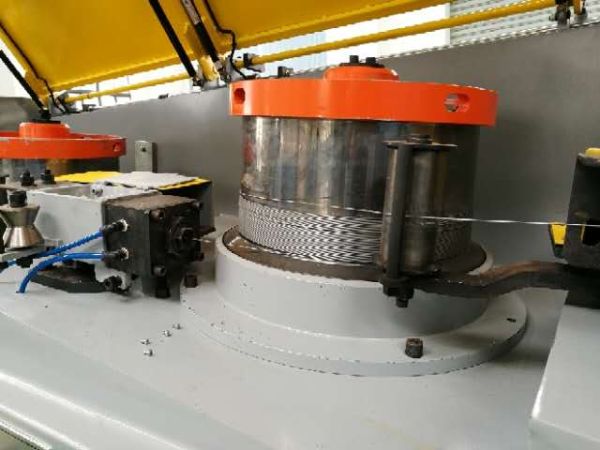Flux core welding wire types
Comparison of Self-Shielding vs. Dual-Shield Flux Core Welding Wire
Flux core welding is a popular welding process that uses a continuously-fed consumable electrode containing flux to create a shielded arc for welding. One of the key decisions welders must make when using flux core welding is choosing the right type of flux core welding wire. There are two main types of flux core welding wire: self-shielding and dual-shield. Each type has its own advantages and disadvantages, and understanding the differences between the two can help welders make an informed decision when selecting the appropriate wire for their welding needs.
Self-shielding flux core welding wire, also known as gasless flux core wire, is designed to create its own shielding gas when exposed to the heat of the welding arc. This eliminates the need for an external shielding gas, making self-shielding wire a convenient and cost-effective option for welding in outdoor or windy conditions where traditional shielding gas may be difficult to use. Self-shielding wire is also easier to use for beginners, as it requires less setup and equipment compared to dual-shield wire.
On the other hand, dual-shield flux core welding wire requires the use of an external shielding gas, typically a mixture of carbon dioxide and argon, to protect the weld from atmospheric contamination. While dual-shield wire may require more equipment and setup compared to self-shielding wire, it offers several advantages, including improved weld quality, reduced spatter, and better control over the welding process. Dual-shield wire is often preferred for welding thicker materials or when higher welding speeds are required.
When comparing self-shielding and dual-shield flux core welding wire, it is important to consider the specific requirements of the welding project. Self-shielding wire is ideal for outdoor welding or when convenience and cost-effectiveness are top priorities. However, self-shielding wire may produce more spatter and have limitations in terms of weld quality compared to dual-shield wire. Dual-shield wire, on the other hand, offers better control and weld quality, making it suitable for more demanding welding applications.

In addition to the type of flux core welding wire, welders should also consider the specific characteristics of the wire, such as wire diameter, wire composition, and recommended welding parameters. These factors can impact the overall performance and quality of the weld, so it is important to choose the right wire for the job.
In conclusion, the choice between self-shielding and dual-shield flux core welding wire ultimately depends on the specific requirements of the welding project. Self-shielding wire offers convenience and cost-effectiveness, while dual-shield wire provides better control and weld quality. By understanding the differences between the two types of flux core welding wire and considering the specific needs of the welding project, welders can make an informed decision when selecting the appropriate wire for their welding needs.
Tips for Selecting the Right Flux Core Welding Wire for Your Project
Flux core welding is a popular welding process that uses a continuously-fed consumable electrode containing flux to create a shielded arc. This process is commonly used in industries such as construction, automotive, and shipbuilding due to its high welding speed and ability to weld in windy conditions. One of the key components of flux core welding is the welding wire, which plays a crucial role in determining the quality and strength of the weld.
When selecting the right flux core welding wire for your project, it is important to consider the type of flux core wire that best suits your welding needs. There are several types of flux core welding wires available on the market, each with its own unique characteristics and applications. Understanding the differences between these types of flux core welding wires can help you make an informed decision and achieve the best results for your welding project.
One of the most common types of flux core welding wire is gas-shielded flux core wire. This type of wire requires the use of an external shielding gas, such as carbon dioxide or a mixture of argon and carbon dioxide, to protect the weld from atmospheric contamination. Gas-shielded flux core wire produces clean and high-quality welds, making it ideal for welding thick materials and structural components. However, it is important to note that gas-shielded flux core wire is not suitable for outdoor welding or windy conditions due to its reliance on shielding gas.
Another type of flux core welding wire is self-shielded flux core wire, which contains flux compounds that generate a protective gas when exposed to the heat of the welding arc. Self-shielded flux core wire is commonly used for outdoor welding and in situations where using an external shielding gas is not practical. This type of wire is also known for its high deposition rates and deep penetration capabilities, making it ideal for welding thick materials and in tight spaces.
In addition to gas-shielded and self-shielded flux core wires, there are also dual-shielded flux core wires that combine the benefits of both types of wires. Dual-shielded flux core wires use a combination of flux compounds and an external shielding gas to provide superior weld quality and performance. This type of wire is often used for welding high-strength steels, stainless steels, and other exotic materials that require precise control over the welding process.
When selecting the right flux core welding wire for your project, it is important to consider factors such as the type of material being welded, the welding position, and the desired weld characteristics. It is also important to consult with a welding professional or supplier to ensure that you are choosing the right type of flux core wire for your specific welding application.
In conclusion, selecting the right flux core welding wire is essential for achieving high-quality welds and ensuring the success of your welding project. By understanding the different types of flux core welding wires available and their unique characteristics, you can make an informed decision and select the best wire for your welding needs. Whether you choose gas-shielded, self-shielded, or dual-shielded flux core wire, selecting the right wire will help you achieve strong, clean, and durable welds for your project.





